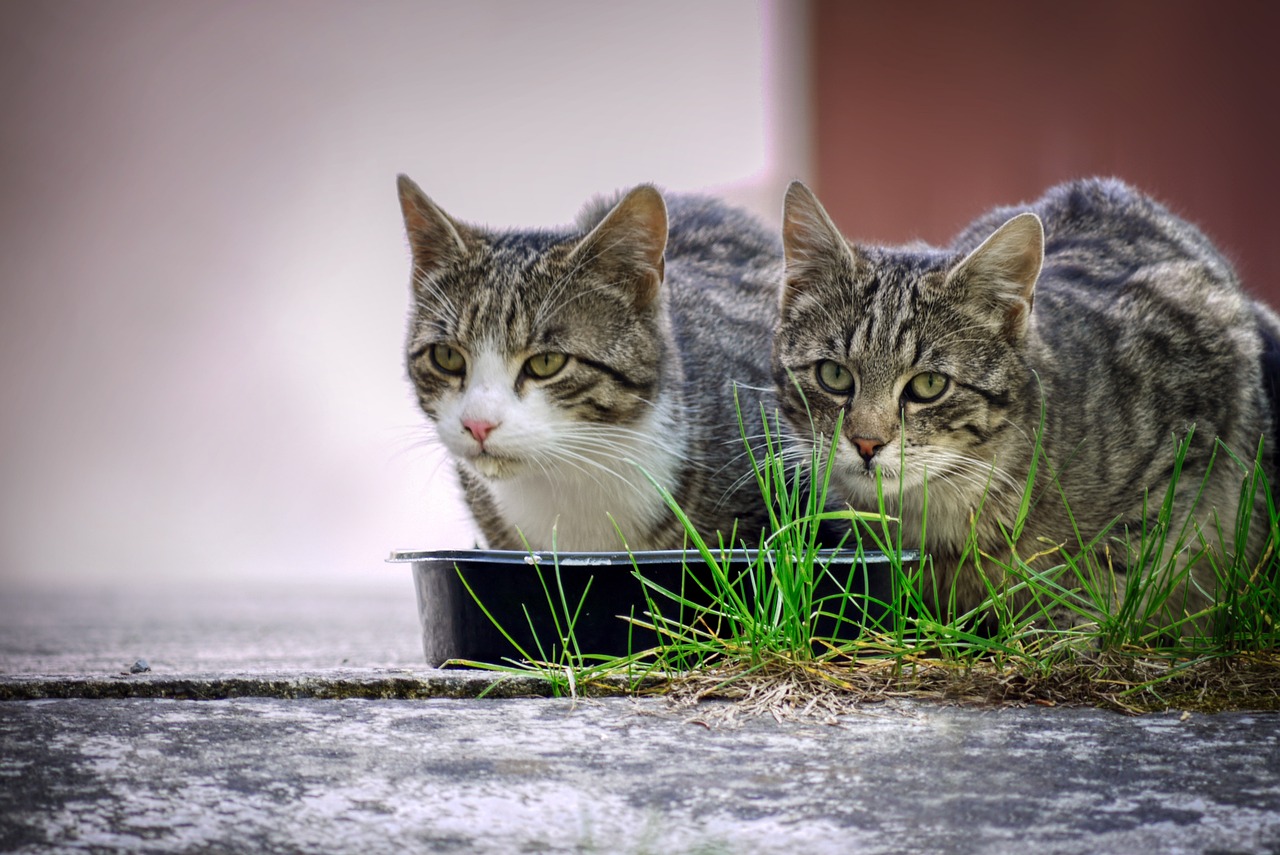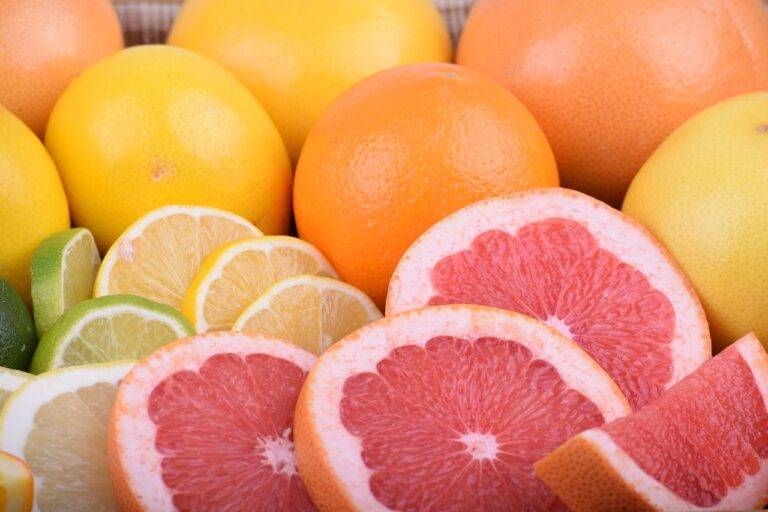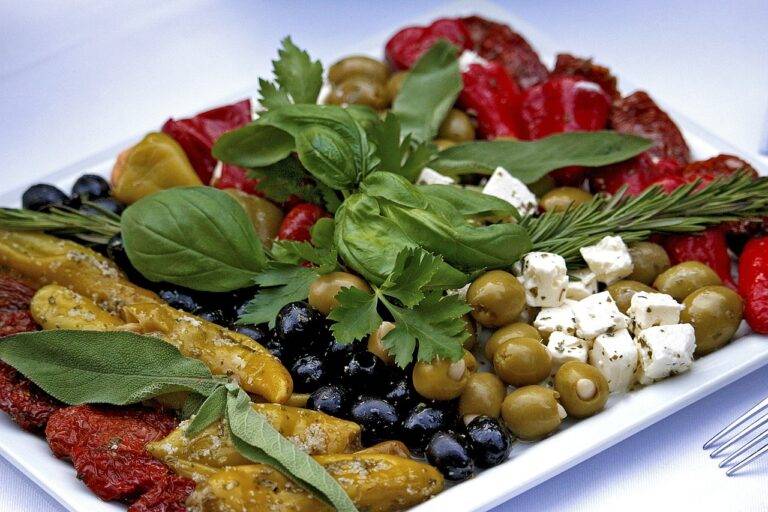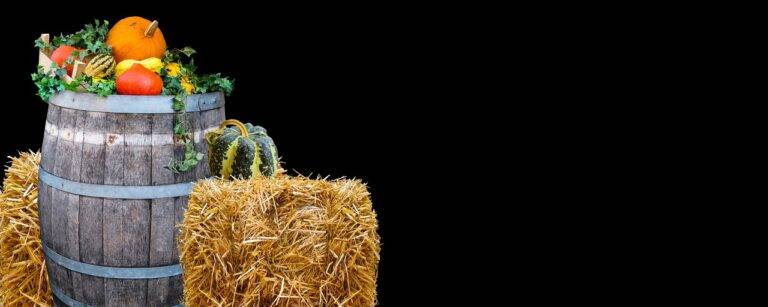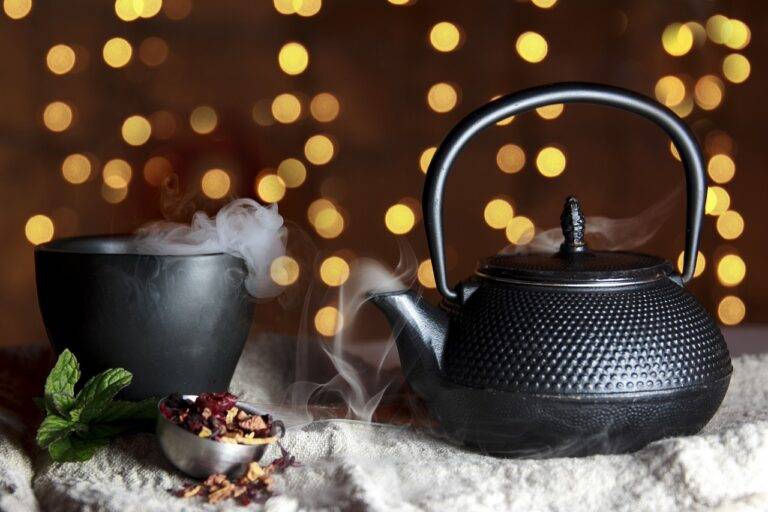The Art of Food Photography: Capturing Flavor and Aesthetics
When starting out in food photography, focus on using natural light whenever possible. Look for soft, diffused lighting by positioning your subject near a window or shooting outdoors on a cloudy day. Avoid harsh overhead lighting that creates strong shadows and uneven highlights on your food. Experiment with different angles and directions of light to find the most flattering effect for your dishes.
Consider the composition of your photographs by paying attention to the placement of your subject within the frame. Use the rule of thirds to create visually appealing images and consider elements such as color, texture, and shape to enhance the overall aesthetic. Don’t be afraid to get creative with props and backgrounds to add interest and context to your food photography.
Understanding Lighting Techniques in Food Photography
Lighting plays a crucial role in food photography, as it can greatly impact the overall look and feel of the final image. Natural light is often preferred by photographers for its soft and flattering qualities. When shooting with natural light, it’s essential to pay attention to the direction and intensity of the light to create the desired mood and highlight the textures of the food.
For those shooting indoors or during evening hours, artificial lighting sources like studio lights or LED panels can be used to mimic natural light. Diffusing the light with modifiers like softboxes or umbrellas can help create softer shadows and even illumination on the food subject. Experimenting with different lighting setups and angles can result in unique and visually appealing food photographs.
What are some basic tips for beginners in food photography?
Some basic tips for beginners in food photography include experimenting with different angles, using natural light whenever possible, styling your food with props, and practicing patience and attention to detail.
How important is lighting in food photography?
Lighting is extremely important in food photography as it can make or break the overall look of the dish. Proper lighting can enhance the colors and textures of the food, while poor lighting can make the dish appear unappealing.
What are some common lighting techniques used in food photography?
Some common lighting techniques used in food photography include natural light, artificial light sources such as softboxes or diffusers, and bouncing or reflecting light to reduce harsh shadows.
How can I improve my understanding of lighting techniques in food photography?
You can improve your understanding of lighting techniques in food photography by studying the work of professional food photographers, practicing with different lighting setups, and experimenting with various light sources and modifiers.
Are there any specific lighting setups that work best for food photography?
The best lighting setup for food photography will depend on the specific dish you are photographing and the look you are trying to achieve. However, natural light is often preferred for its soft, flattering quality.

